Join us as we embark on a historical journey through the cherished traditions of Thanksgiving. This exploration will shed light on the origins and evolution of this beloved holiday, revealing its deep roots in cultural heritage and societal change. Prepare to delve into the rich tapestry of Thanksgiving traditions, uncovering the stories, customs, and meaningful rituals that have shaped its enduring significance.
Key Takeaways:
- Thanksgiving celebrates harvest and blessings in the US and Canada.
- Americans trace its origins to a 1621 feast between Pilgrims and Wampanoag.
- The holiday has roots in English Reformation traditions.
- Despite its harvest focus, modern Thanksgiving is celebrated in late November, after harvest season in New England.
Thanksgiving Traditions History
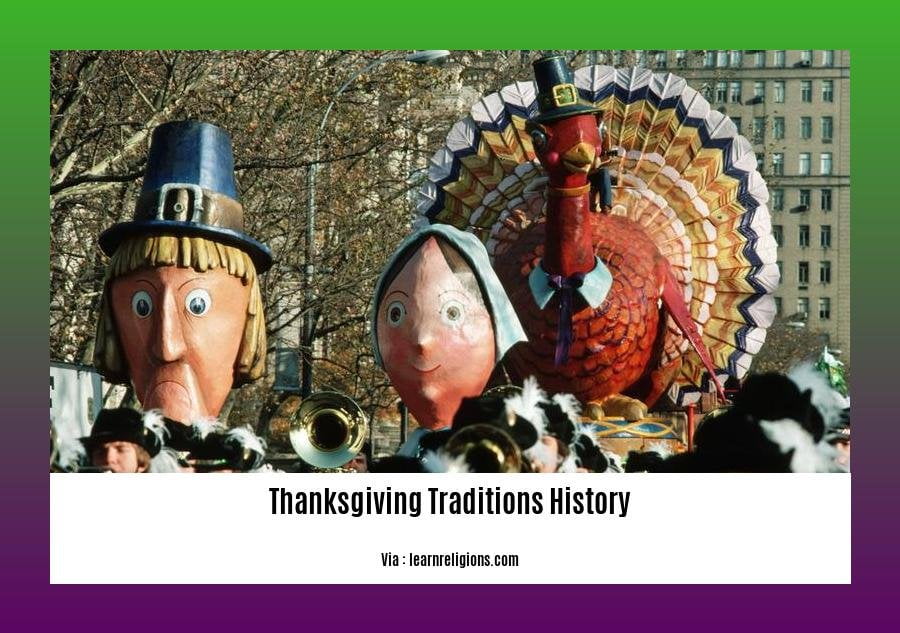
Thanksgiving, a day set aside for expressing gratitude for the harvest and blessings of the past year, holds a significant place in American and Canadian cultures. Its story is interwoven with centuries-old customs and traditions.
Origins in the Harvest Festival
Thanksgiving traces its roots to ancient harvest festivals, a time when communities celebrated the fruits of their labor. In Europe, these celebrations were influenced by the Protestant Reformation, which emphasized the importance of expressing gratitude to God.
The Pilgrims and the Wampanoag
The story of Thanksgiving in North America centers around the 1621 harvest feast shared between the Pilgrims and the Wampanoag people. However, the holiday’s origins extend much further.
Modern Thanksgiving Traditions
Over time, Thanksgiving evolved into a national holiday, celebrated in late November. While its harvest festival aspects remain, the modern holiday has incorporated unique traditions, including:
- Family gatherings: Thanksgiving is a time for families to come together and share a meal.
- Thanksgiving dinner: The traditional Thanksgiving dinner typically features turkey, stuffing, mashed potatoes, and other festive dishes.
- Parades: Cities across the United States and Canada hold annual parades featuring floats, marching bands, and costumed characters.
Preserving the Legacy
Thanksgiving is a holiday that continues to evolve while honoring its historical roots. Its traditions serve as a reminder of the harvest’s bounty, the importance of gratitude, and the enduring spirit of community.
Learn more about the history behind the origins of Thanksgiving by reading our detailed information linked here. We’ll provide a comprehensive guide on the historical roots of Thanksgiving here and here.
Thanksgiving Customs and Traditions
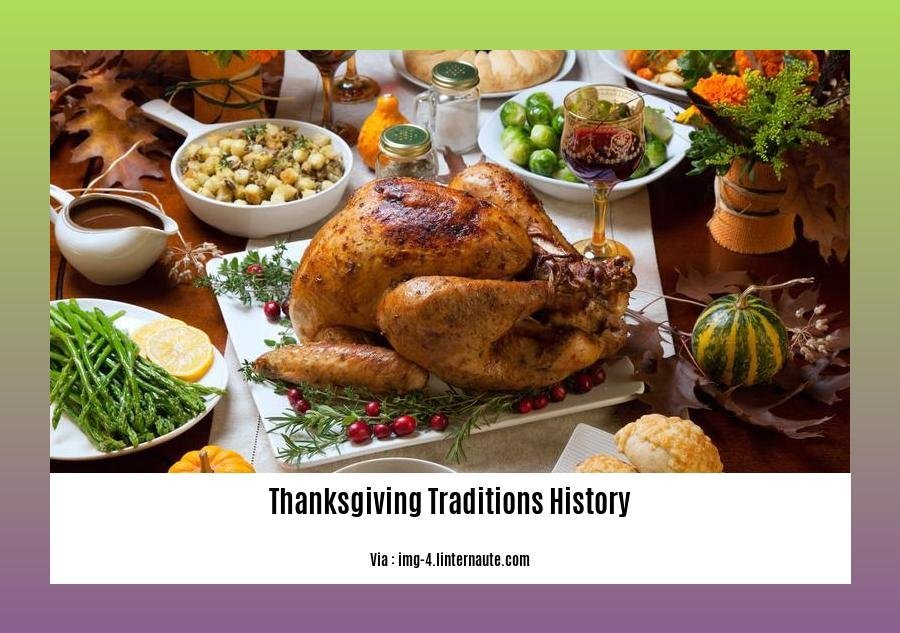
Thanksgiving, celebrated yearly on the fourth Thursday of November, reflects a rich tapestry of traditions with deep-seated roots in both Native American and European customs.
The Genesis of Thanksgiving
Thanksgiving traces its origins to a celebratory harvest feast in 1621 between the Pilgrims and the Wampanoag people. While this gathering marked a pivotal moment, the holiday’s evolution extended far beyond this singular event. It absorbed influences from ancient harvest festivals and the Protestant Reformation’s emphasis on gratitude.
Modern Day Traditions
Today, Thanksgiving is synonymous with family gatherings and bountiful meals centered around a roasted turkey, savory stuffing, and creamy mashed potatoes.
- Family Gatherings: Thanksgiving is a time for loved ones to reconnect, fostering a sense of togetherness and appreciation.
- Thanksgiving Dinner: The centerpiece of Thanksgiving celebrations, this feast symbolizes the abundance and gratitude associated with the holiday.
- Parades: Colorful parades, such as the iconic Macy’s Thanksgiving Day Parade, add a festive ambiance to the day’s festivities.
Preserving the Legacy
Over time, Thanksgiving has shed its religious undertones, becoming a secular holiday focused on gratitude and community spirit. Its traditions serve to preserve the holiday’s rich history and honor the harvest’s bounty.
Key Takeaways:
- Thanksgiving originated from a blend of Native American and European traditions.
- The first Thanksgiving celebration occurred in 1621.
- Thanksgiving evolved over time, shedding its religious significance.
- Modern-day Thanksgiving traditions revolve around family gatherings and festive meals.
- The holiday honors gratitude, community spirit, and the abundance of the harvest.
Citation:
Thanksgiving: Day and Traditions
The Role of Thanksgiving in American History
Thanksgiving, a national holiday celebrated on the fourth Thursday of November, holds immense historical significance in the United States. It traces its roots back to the 17th century, intertwining Native American and European traditions.
Origins in Harvest Festivals:
Ancient harvest festivals, prevalent in various cultures, celebrated the fruits of labor. The Protestant Reformation further influenced these celebrations, emphasizing gratitude to God.
The 1621 Harvest Feast:
In 1621, the Pilgrims, a group of English settlers, shared a harvest feast with the Wampanoag, a Native American tribe. This gathering symbolized a cooperative spirit between the two groups as they acknowledged their shared experiences in the New World.
Evolution over Time:
Over the centuries, Thanksgiving lost its religious significance and became more centered on family gatherings, bountiful meals, and expressions of gratitude. It served as a unifying force during the Civil War when President Abraham Lincoln declared it a national holiday in 1863.
Key Takeaways:
- Thanksgiving is a national holiday in the United States celebrated on the fourth Thursday of November.
- It originated from both Native American and European traditions.
- The first Thanksgiving celebration was held in 1621 by the Pilgrims after a successful corn harvest.
- Thanksgiving became a national holiday in 1863 to foster unity during the Civil War.
Source:
- Thanksgiving: Day and Traditions
Thanksgiving in the Modern Era
Thanksgiving today is a far cry from its humble beginnings as a harvest festival. Over the centuries, it has evolved into a national holiday centered around family, food, and gratitude.
Changing Landscape of Thanksgiving Celebrations
The modern Thanksgiving experience has undergone significant transformations. Gone are the days of religious overtones and focus on the Pilgrims’ survival. Today, the holiday is primarily about spending quality time with loved ones, indulging in a hearty meal, and enjoying festive parades.
Thanksgiving as a Cultural Phenomenon
Thanksgiving has become deeply ingrained in American culture. It is a time for reflection, gratitude, and shared experiences. The iconic Macy’s Thanksgiving Day Parade, with its colorful floats and marching bands, has become a beloved tradition that kicks off the holiday season.
Key Takeaways:
- Thanksgiving has evolved from a harvest festival to a national holiday focused on family, food, and gratitude.
- The modern Thanksgiving experience includes family gatherings, bountiful meals, and festive parades.
- The holiday has become deeply ingrained in American culture, serving as a time for reflection and shared experiences.
Citation:
- History.com:
FAQ
Q1: What was the inspiration behind the first Thanksgiving celebration?
Q2: How has the celebration of Thanksgiving changed over time?
Q3: What are some of the common Thanksgiving traditions today?
Q4: When did Thanksgiving become an official national holiday?
Q5: How did the Macy’s Thanksgiving Day Parade come into existence?
- Unveiling the Enigma: Mansoureh Khojasteh Bagherzadeh’s Public Appearances & Private Life in Iran - July 18, 2025
- Unveiling the Mystery: Mansoureh Khojasteh Bagherzadeh’s Husband: A Rare Glimpse into a Private Life - July 18, 2025
- Unveiling Masoud Khamenei’s Mother: Power, Influence, and Iran’s Future - July 18, 2025
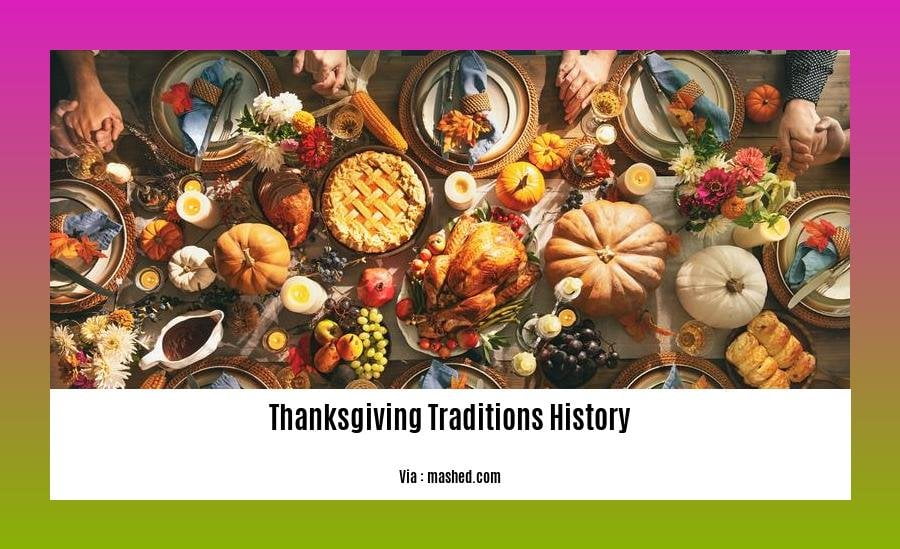
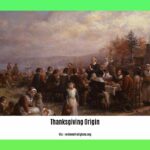
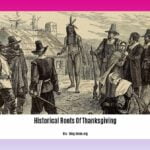
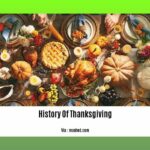
![A Historical Overview of the Church: Tracing Its Evolution Through the Ages [History of the Church Summary] history-of-the-church-summary_2](https://www.lolaapp.com/wp-content/uploads/2023/12/history-of-the-church-summary_2-150x150.jpg)











